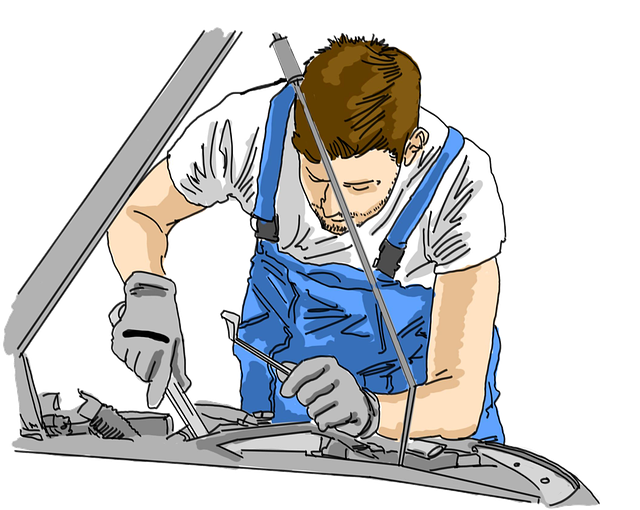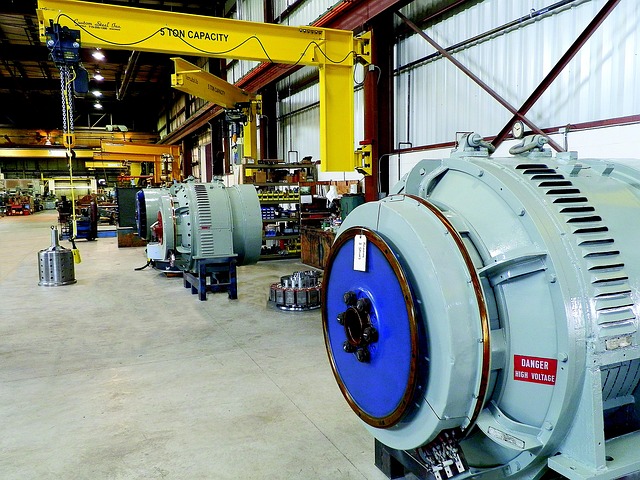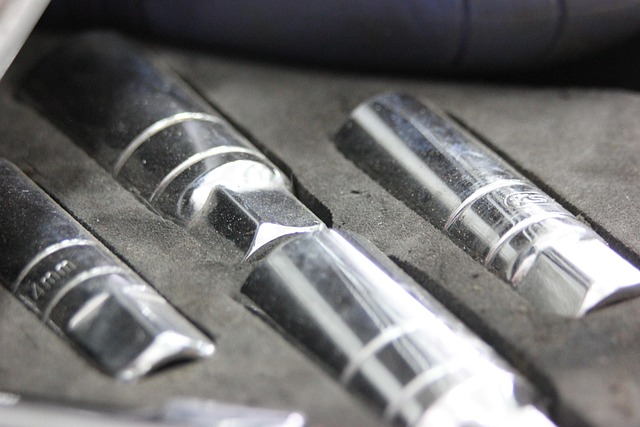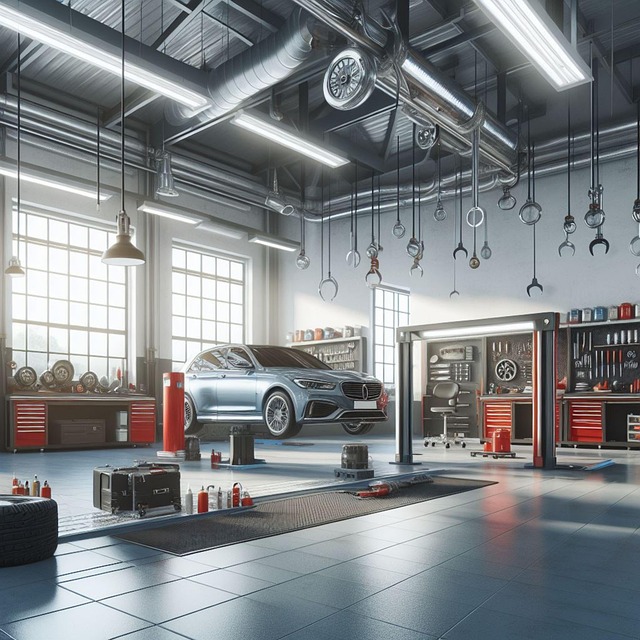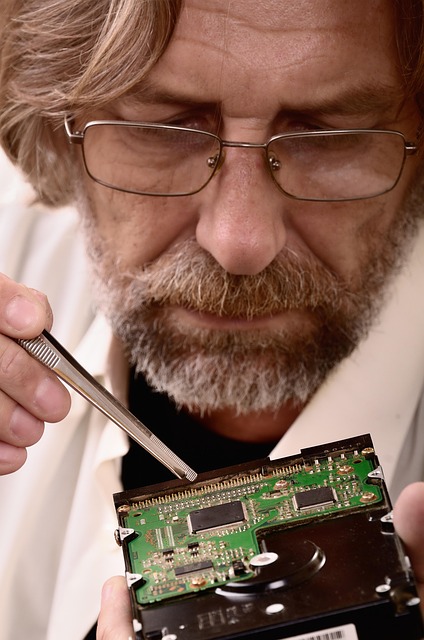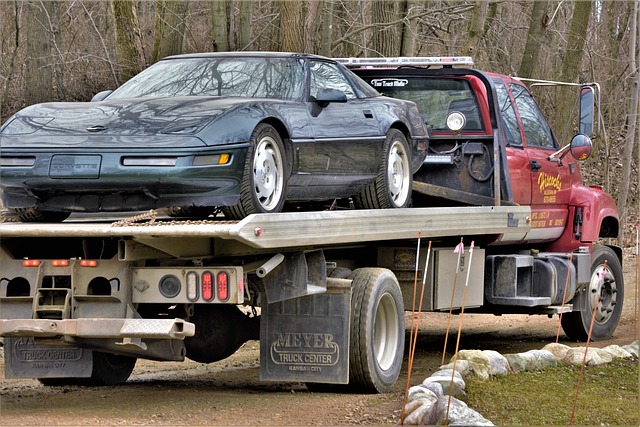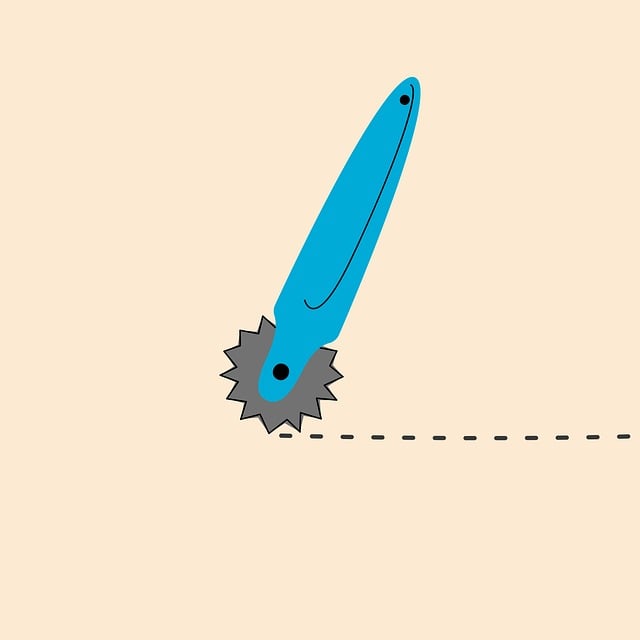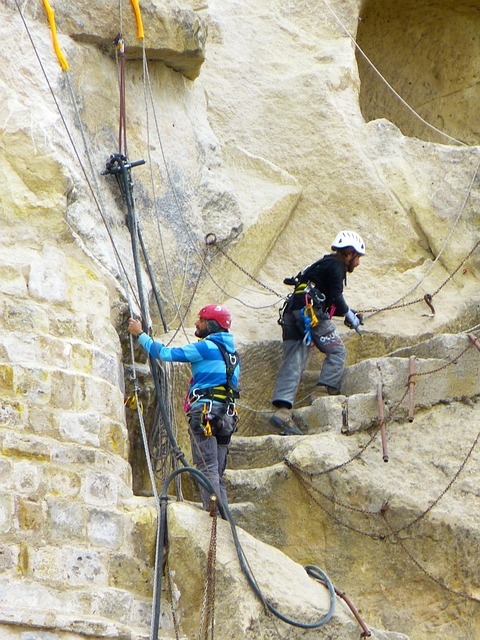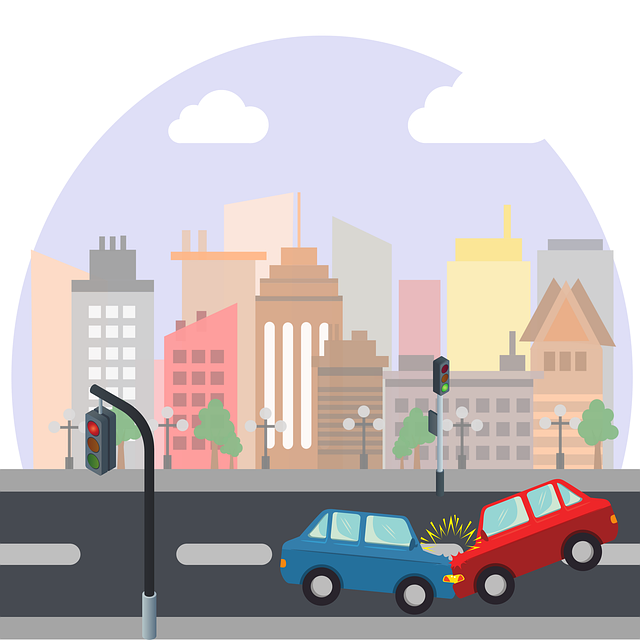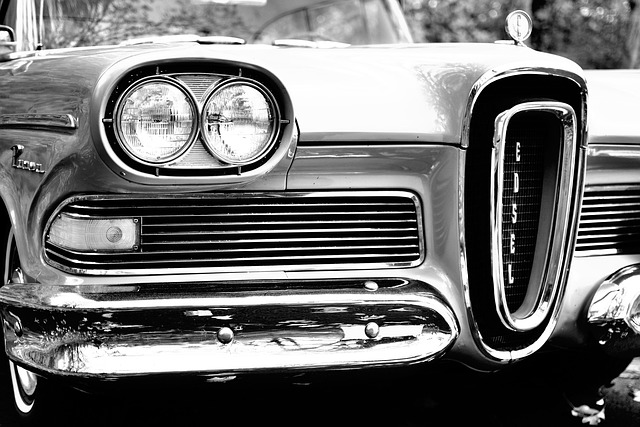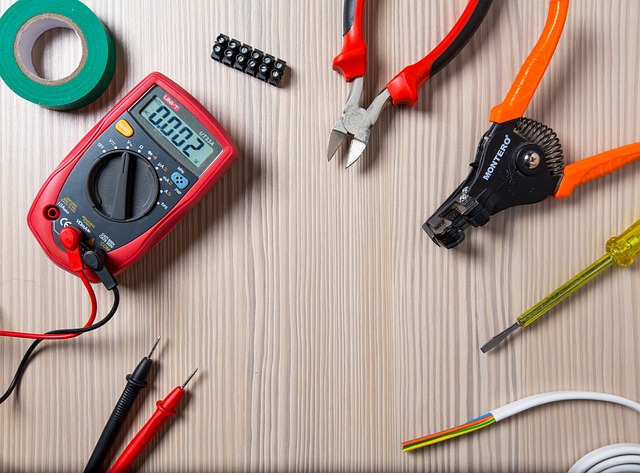Collision damage repair (CDR) is a complex yet essential process for restoring vehicles to their pre-accident state, utilizing advanced technologies like computer-aided design (CAD) software and robotic welding systems. Specialized training and certification are crucial due to modern vehicles' intricate structures and materials, enabling technicians to perform accurate impact assessments, precise repairs, and effective paint matching while ensuring vehicle safety and customer satisfaction.
Collision damage repair is a critical aspect of modern automotive care, with advanced technologies and specialized training ensuring vehicles return to optimal condition. This article delves into the intricacies of collision damage repair processes, highlighting how cutting-edge systems revolutionize restoration efforts. We explore the role of certification in maintaining quality standards and discuss the evolving landscape of vehicle repairs. Understanding these advancements is essential for both professionals and enthusiasts alike, as they shape the future of safe and efficient collision damage repair.
- Understanding Collision Damage Repair Processes
- Advanced Technologies in Modern Vehicle Systems for Efficient Repairs
- The Role of Specialized Training and Certification in Collision Damage Repair
Understanding Collision Damage Repair Processes
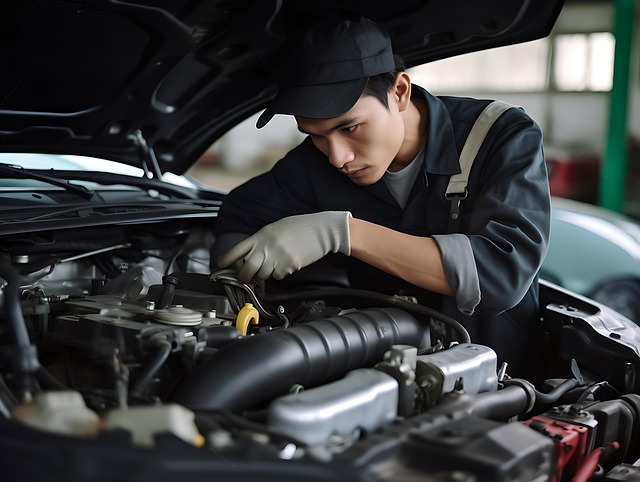
Collision damage repair is a complex process that involves several steps to ensure vehicles are restored to their pre-accident condition. When a vehicle collides, whether with another car or a fixed object, it suffers various types of damage, from dented panels and cracked windshields to more severe structural harm. Understanding these processes is crucial for both insurance companies and vehicle owners.
Modern auto body shops employ advanced techniques and technologies to accurately assess and repair damage. This includes computer-aided design (CAD) systems that allow technicians to measure and map the impact, ensuring precise repairs. Tire services are a critical aspect, as they check for proper inflation pressure and any signs of damage or wear before replacing them. Auto body repair professionals then use specialized tools to straighten panels, replace parts, and perform paint matching to conceal any traces of the collision.
Advanced Technologies in Modern Vehicle Systems for Efficient Repairs
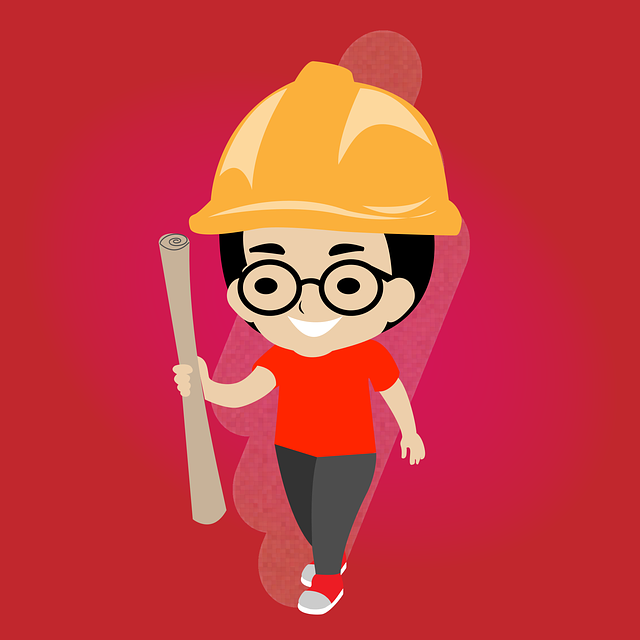
Modern vehicle systems have seen a significant evolution in their design and technology over the years, which has led to more complex yet advanced structures. These innovations play a pivotal role in collision damage repair processes. One of the key aspects is the integration of computer-aided design (CAD) software that allows for precise measurements and analysis of damaged parts. Technicians can now virtually “unbolt” the vehicle to assess the extent of the damage, ensuring minimal wastage during the repair process.
Additionally, the advent of robotic welding systems has revolutionized auto body restoration. These robots offer unparalleled precision, speed, and consistency, making them invaluable for intricate collision repairs. With their ability to handle tight spaces and complex angles, robotic arms facilitate precise welding, ultimately leading to a higher quality finish. Advanced technologies like these not only streamline the repair process but also contribute to more effective and efficient collision damage repair services, ensuring vehicles return to their pre-accident condition or even beyond with enhanced safety features.
The Role of Specialized Training and Certification in Collision Damage Repair

Specialized training and certification play a pivotal role in the field of collision damage repair. With modern vehicles featuring complex systems and advanced materials, technicians need to stay updated with the latest industry standards and safety protocols. Certification programs ensure that professionals have the necessary skills to handle various types of collision damage, from minor dents and scratches to major structural repairs, including frame straightening and car body restoration.
These training programs often cover topics such as computer-aided design (CAD) for precise measurements, advanced welding techniques, and the use of specialized tools tailored for different vehicle makes and models. By investing in their education, collision repair specialists can deliver high-quality work, ensuring vehicle safety and customer satisfaction. This level of expertise is crucial when it comes to restoring vehicle bodywork to its pre-accident condition, making certification a key aspect of the collision damage repair process.
Collision damage repair has evolved significantly with advancements in modern vehicle systems, employing technologies that streamline processes and ensure precision. From enhanced detection methods to specialized training, these developments contribute to efficient repairs, preserving vehicle value and safety standards. Understanding these processes is key to appreciating the intricate work behind restoring vehicles to their pre-accident condition, with collision damage repair becoming a critical aspect of automotive care in today’s world.

